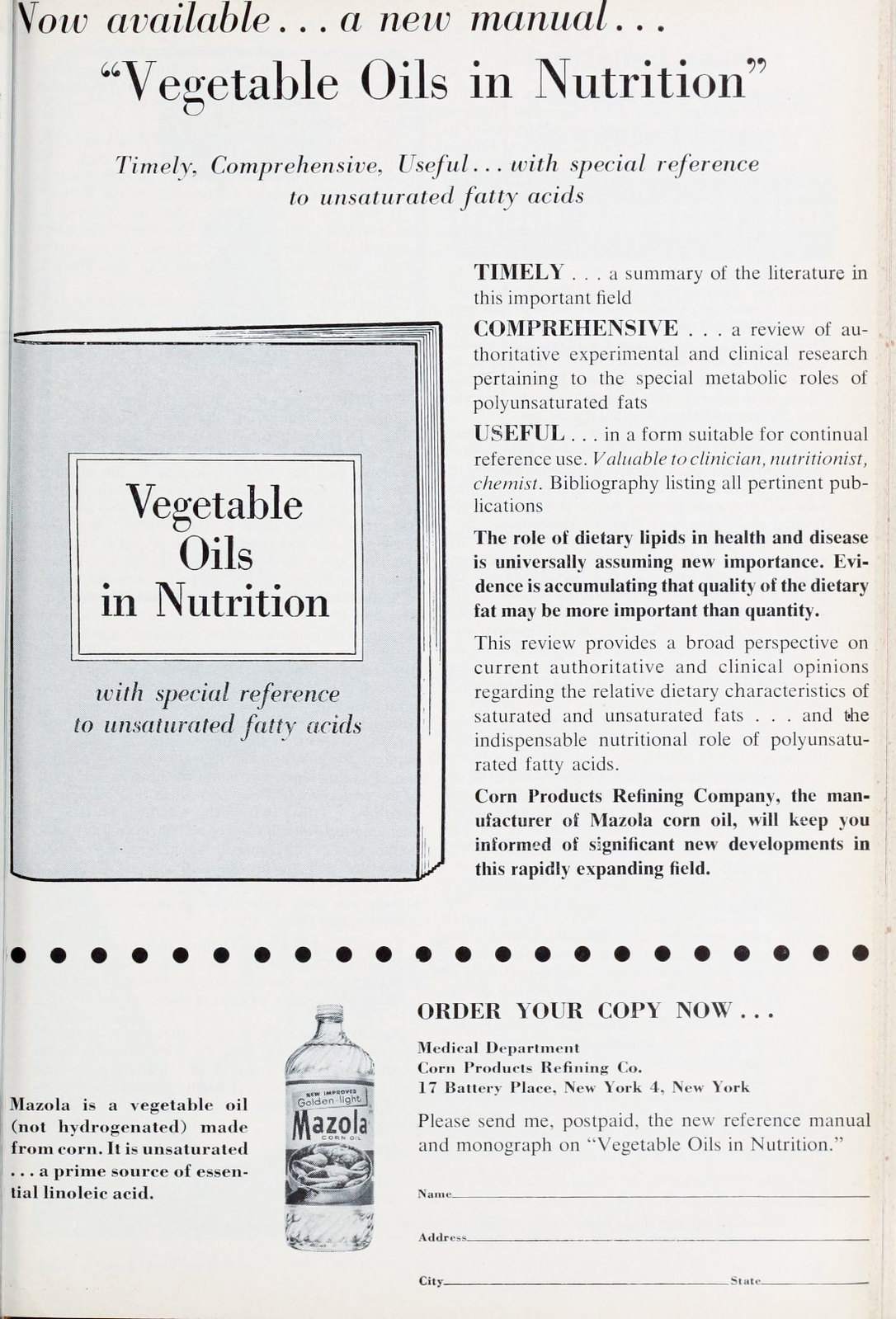 Braun, MM, Stevens WA, Barstow CH. Stable Coronary Artery Disease: Treatment. Am Fam Physician [Internet]. American Academy of Family Physicians; 2018 Mar 15 [cited 2018 Mar 19];97(6):376–84.
Braun, MM, Stevens WA, Barstow CH. Stable Coronary Artery Disease: Treatment. Am Fam Physician [Internet]. American Academy of Family Physicians; 2018 Mar 15 [cited 2018 Mar 19];97(6):376–84.I like the American Family Physician Journal (@AFPJournal) and this is a good/helpful article. It’s also a reflection of where the medical profession is at when it comes to nutrition.
There is one mention of diet in the treatment of coronary artery disease and it’s here:
Management of Risk Factors and Comorbidities
Risk reduction to prevent cardiovascular events includes blood pressure (BP) control and management of cholesterol and glucose levels. Lifestyle modifications (e.g., smoking cessation, increased physical activity, weight control, healthy diet) and management of comorbid conditions such as hypertension and diabetes mellitus can reduce overall and CVD-related mortality.3,4Braun, MM, Stevens WA, Barstow CH. Stable Coronary Artery Disease: Treatment. Am Fam Physician [Internet]. American Academy of Family Physicians; 2018 Mar 15 [cited 2018 Mar 19];97(6):376–84.
…it’s just the words “healthy diet.”
I am happy to be a family physician and very supportive of ongoing maintenance of certification (and respectful of the fact that our specialty was the first to require ongoing certification as a promise to the people we serve).
We definitely need to know which medical therapies and surgical therapies have evidence behind them, and how to apply them to individual people (art and science). We should also know, though, what patients can do to manage insulin resistance, manage or reverse diabetogenesis and related co-morbidities (hypertriglyceridemia, NAFLD, etc)
In many ways, this is where we came from, and we have a lot of making up to do…

1 Comment
RT @tedeytan: Blog post: Just Read: Stable Coronary Artery Disease: Treatment ( via @AFPJournal) – Role of diet not mentioned…? https://t…